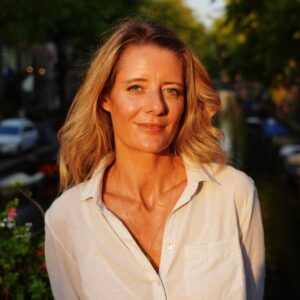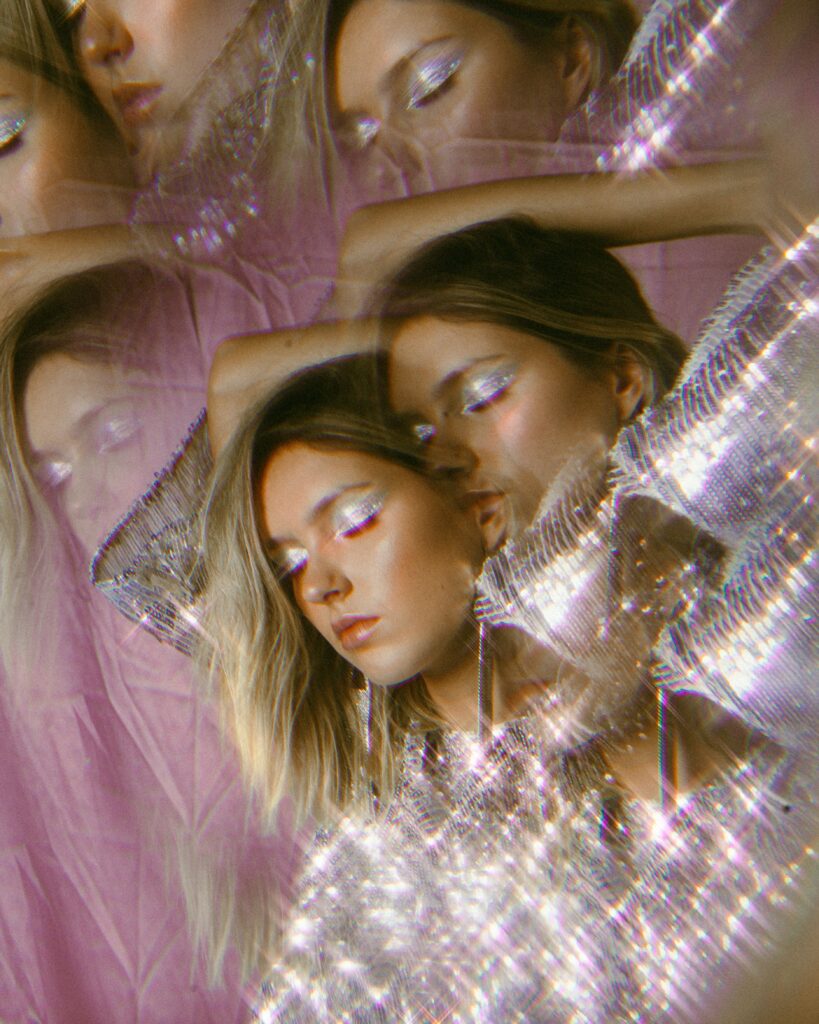Under the effect of the crises, the beauty market is reinventing itself, to be more sustainable, better protect the environment and involve consumers more.
How is the beauty market becoming more sustainable?
In times of crisis, everything can change, and most often at high speed. Like in the beauty market. Review of trends with an expert, Adélaïde Lohio, Founder of L’Observatoire Beauté.
Gone are the days when the different parts of our lives were compartmentalized. From now on, we are in worlds that intersect and merge. And the same goes for our consumption.

“While safety and environmental protection are at the heart of our concerns, we are forced today to synchronize all our actions (…), have a community approach. From the farmer who planted the first seed, to the final consumer and that until the end of the product’s life “. It is according to her, “the only way to succeed in guaranteeing a maximum of transparency and therefore safety to the consumer but also to work in the respect of the planet and the society.” And this, even if it means changing the paradigm.
Consumers expect a lot from manufacturers
‘’I remember a phrase from the Director of Environment and Scientific Communication at Dior: “Today, in the luxury industry, we are looking to make sustainable beauty. Tomorrow, we will have to make sustainable products and see how to make them beautiful. According to Adélaïde Lohio, this phrase perfectly sums up this paradigm shift. And according to the Contributing barometer, this is what consumers expect from us, as they consider companies to be the only reliable and trustworthy institution, with a level of trust of 61% worldwide.
More competition in the race for a better world
But how to be worthy of this trust and meet all the challenges posed by this responsibility? According to Adélaïde Lohio, there is only one watchword: collaboration. “That means collaborating with all the stakeholders in the creation of a product, but also with its competitors. By sharing technical research and expertise, we can move much faster. “A real movement is taking shape in this area. Consortiums are emerging, for example, to establish botanical databases, or to create a rating system for the environmental impact of products “that allows consumers to compare competing products, with grades from A to D”.
Moving forward hand in hand with consumers
And if collaborating with competitors is good, involving consumers is even better… “71% of consumers are ready for it”, says Adelaide Lohio. Some brands are already launching this kind of experience, such as the marketplace AguaBlanca, which invites its users to select eco-responsible brands, approved for sale. Another example is an American ready-to-wear brand that offers its customers to buy the cotton field plots that will be used to weave their clothes. “In fact, we’re moving from consumer-as-winner to consumer-as-player, ready to team up with the brands.
“But it’s not that simple,” adds Adélaïde Lohio. The need to be accompanied is clearly expressed. “Brands need to become sources of inspiration… why? Because 71% of consumers expect brands to educate them, and 81% say they would be more likely to buy a recyclable brand if it were made easier for them.”
Adelaide Lohio then takes up a statement by Antonio Guterres, UN Secretary General: “the climate emergency is a race we are losing… but it is a race we can still win”. By being in sync!


